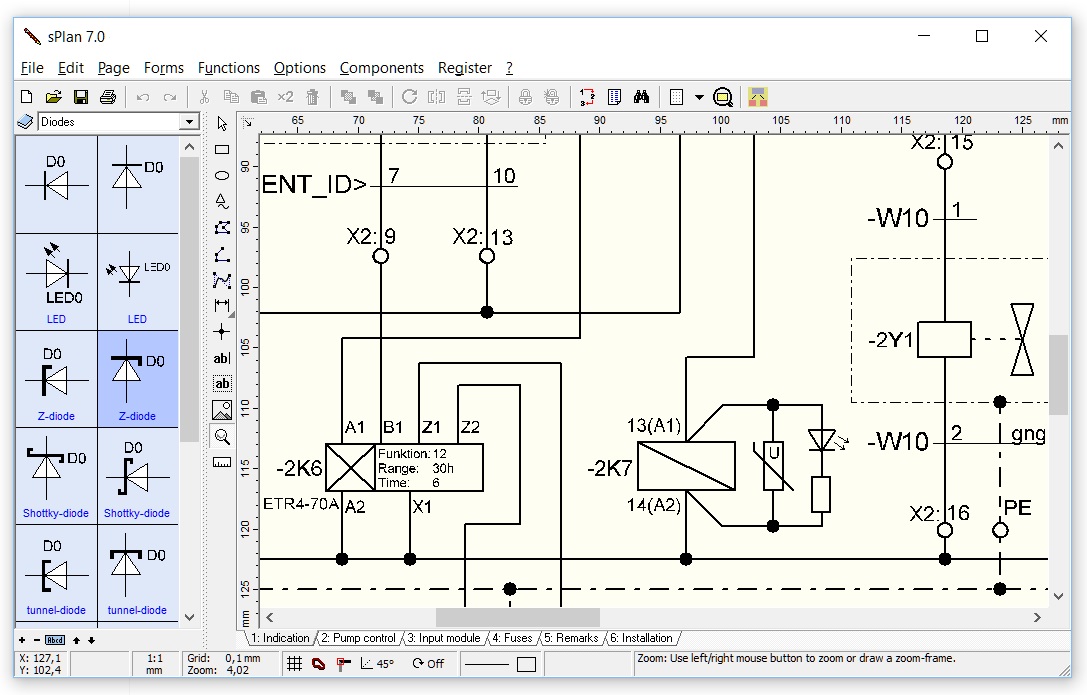
Biblioteki Splan 7 0
-086-1-0-blank/details skachat_medichna_dovdka_086_1_0_blank. /book/hoberpali/splan-7-biblioteki-avr/details splan_7_biblioteki_avr,.
Results: Diabetes patients were at a substantially increased risk of liver (RR=2.1), and pancreas (RR=2.2) cancer. Modestly elevated significant risks were also found for ovary (RR=1.2), breast (RR=1.1), cervix (RR=1.3), endometrial (RR=1.4), several digestive tract (RR=1.1-1.5), kidney (RR=1.4), and bladder cancer (RR=1.1). The findings were similar for men and women, and unrelated to study design. Meta-regression analyses showed limited effect modification of body mass index, and possible effect modification of age, gender, with some influence of study characteristics (population source, cancer- and diabetes ascertainment). Eligibility Criteria The eligibility criteria for the studies were those studies that evaluated the association between diabetes and cancer (incidence, odds or prevalence) as the outcomes. Studies evaluating solely cancer mortality were excluded. The studies needed to compare diabetes patients with a non-diabetes reference group.

All types of observational study designs (e.g. Case control, cohort and cross-sectional studies) were included. Studies assessing the effect of a specific intervention compared to no intervention were excluded. Studies only published as conference abstracts were excluded. Studies were not excluded due to language or publication year. Information Sources The systematic literature search included 7 databases: Medline at PubMed, Embase, Cinahl, Bibliotek.dk, Cochrane library, Web of Science, and SveMed+. The first search was performed 11 th of January 2012, and updated with the last search on the 9 th November 2012.
Additional studies were added after assessment of the reference list in meta-analyses and reviews found in the search. Furthermore, studies were retrieved from the literature search of a systematic review of insulin use and cancer risk also performed by the CARING project group (PROSPERO registration number: CRD8). Search The search terms included: “Diabetes mellitus”, “diabetes”, “Neoplasms”, “cancer”, “Prospective study”, “statistics”, “cancer statistics”, and “Risk of cancer”.
Game of thrones pdf download. Other search terms such as statistics and cancer statistics were also used but gave to few results and were not used as the final result. The search was performed using the thesaurus if available in the respective databases. Limitations were used to refine the search if available in the databases (“biochemistry”, “cancer”, ”physiology and endocrinology”, ”cochrane review”, “controlled clinical trial”, “systematic review”, “clinical trial”, “randomized controlled trial”, “review”, “meta-analysis”), qualifiers (“analysis”, “blood”, “classification”, “epidemiology”, “statistics and numerical data”), categories (“endocrinology metabolism”, “oncology”) and research areas (“endocrinology metabolism”, “oncology”, “biochemistry molecular biology”). Search terms, limitations, qualifiers, categories and research areas used differently by database dependent on the functions available at the database. The search from Embase is listed below. The results from #9 in the Embase search were used in this study. Search from the 09 th of November 2012 No.
 Query Results #1 ‘Diabetes Mellitus’/exp 526,730 #2 ‘Neoplasm’/exp 3,165,370 #3 #1 AND #2 34,949 #4 #1 AND #2 ([biochemistry]/lim 15,064 OR [cancer]/lim OR [physiology and endocrinology]/lim) #5 ‘Cancer statistics’/exp 2,034 #6 #4 AND #5 7 #7 ‘Cancer statistics’/exp 272,379 #8 #4 AND #5 36 #9 #1 AND #2([biochemistry]/lim 634 OR [cancer]/lim OR [physiology and endocrinology]/lim) AND ([cochrane review]/lim OR [controlled clinical trial]/lim OR [systematic review]/lim)). Risk of Bias in Individual Studies The risk of bias in individual studies was assessed using the Newcastle Ottawa Scale (NOS) []. The user-defined items required in the NOS score were defined as follows: age was the most important adjustment factor; the exposed patients in cohorts should be representative of the average “diabetic population”, minimum follow up time as 5 years, and loss to follow-up less than 10%. A scale modified for cross-sectional studies were produced for the quality score of these studies (the NOS are available in the Supplementary Material 1). Reviewer one and reviewer two scored the studies based on the NOS. If the reviewers scored differently it was solved by discussion and if this was not possible reviewer three decided the score.
Query Results #1 ‘Diabetes Mellitus’/exp 526,730 #2 ‘Neoplasm’/exp 3,165,370 #3 #1 AND #2 34,949 #4 #1 AND #2 ([biochemistry]/lim 15,064 OR [cancer]/lim OR [physiology and endocrinology]/lim) #5 ‘Cancer statistics’/exp 2,034 #6 #4 AND #5 7 #7 ‘Cancer statistics’/exp 272,379 #8 #4 AND #5 36 #9 #1 AND #2([biochemistry]/lim 634 OR [cancer]/lim OR [physiology and endocrinology]/lim) AND ([cochrane review]/lim OR [controlled clinical trial]/lim OR [systematic review]/lim)). Risk of Bias in Individual Studies The risk of bias in individual studies was assessed using the Newcastle Ottawa Scale (NOS) []. The user-defined items required in the NOS score were defined as follows: age was the most important adjustment factor; the exposed patients in cohorts should be representative of the average “diabetic population”, minimum follow up time as 5 years, and loss to follow-up less than 10%. A scale modified for cross-sectional studies were produced for the quality score of these studies (the NOS are available in the Supplementary Material 1). Reviewer one and reviewer two scored the studies based on the NOS. If the reviewers scored differently it was solved by discussion and if this was not possible reviewer three decided the score.